Surely you heard a lot about Cusco and Machu Picchu, one of the wonders that are located here and other archaeological sites, however, you should know that Cusco is the capital of the Inca empire, therefore, was surrounded by different archaeological sites that you can not miss.
Table of Contents
If you want to know more about the most important archaeological sites that you should visit if you are in Cusco, you should keep reading to make your visit very profitable and interesting.
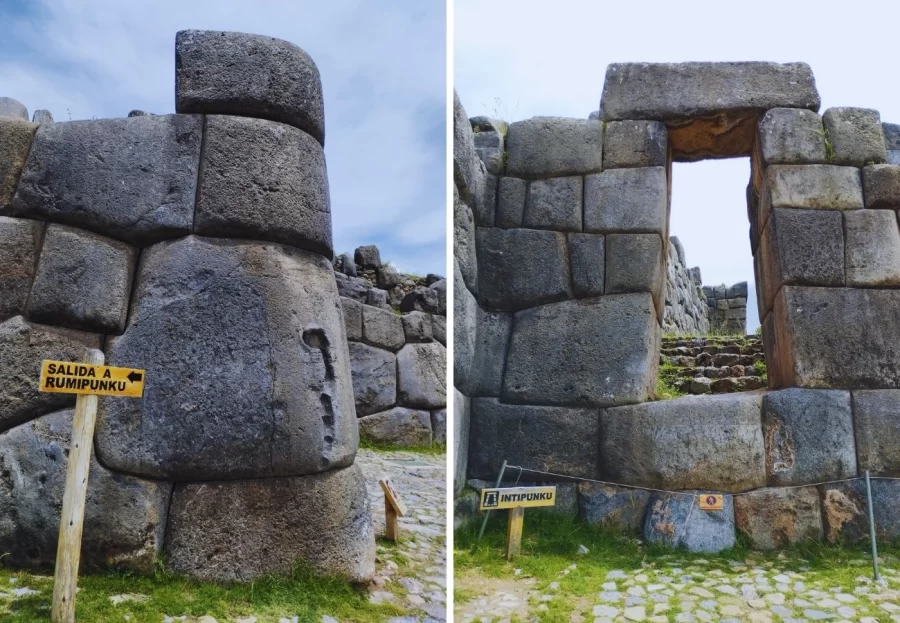
The archaeological park of Sacsayhuaman is located in the city of Cusco, being one of the most valuable historical and cultural sites in Peru and America. Sacsayhuaman was declared as a Heritage has 2 997 hectares of which to this park belong 96 other archaeological sites such as Qenqo, Tambomachay, Kallachaca, Patallaqta, Amaro and Markahuasi.
This is one of the most impressive sites, since its constructions are made of giant stones, was built in the Inca period Pachacutec and Huayna Capac. the construction offers a panoramic view of the entire city of Cusco.
In addition, this fortress is the main place where the great ancestral festival is held, we are talking about the Inti Raymi or Festival of the Sun, which is celebrated every June 24.
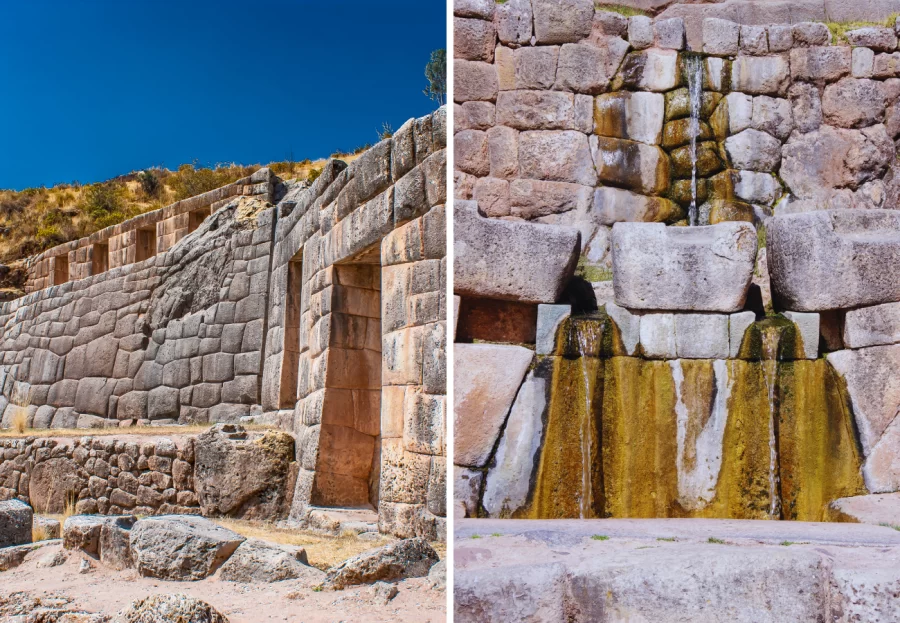
Tambomachay is about 7 kilometers from the city of Cusco, this site is known as the favorite bath of the Inca which also means "resting place". It is located in the high part next to the river of the same name, according to historians noted that this place was to worship the water, a very essential element for the Andean tradition.
In the place you can see the waterfall and two aqueducts that supply water throughout the year.
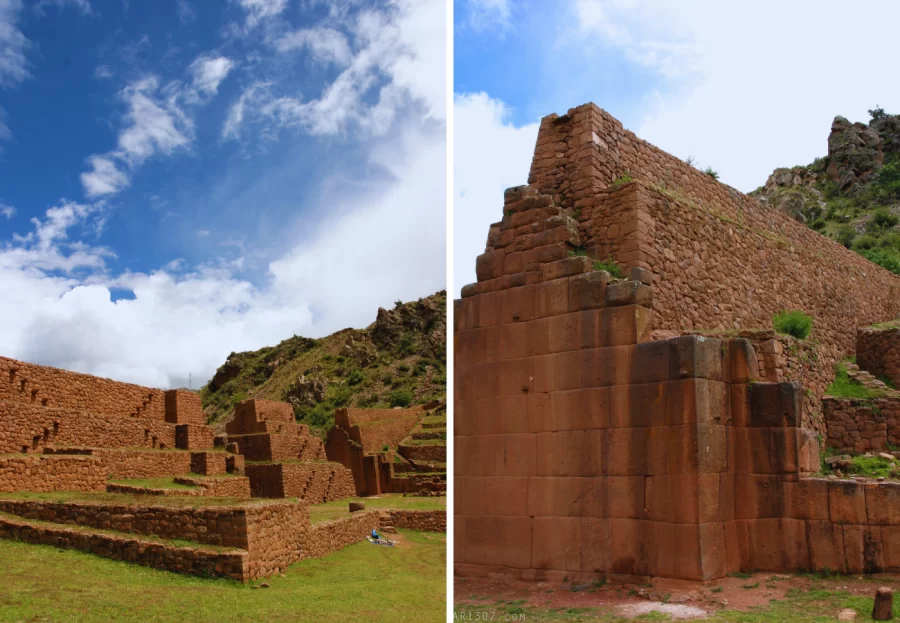
This is also another destination that you should not miss, the archaeological city of Pikillaqta preserves pre-Inca remains of different ethnic groups that inhabited there, however, the enclosure that stands out most is that of the Wari culture, as it would have been built before the Incas.
This place is located in the district of Lucre, its name derives from two Quechua words that mean "piki" which means flea and "Llaqta" means town, so Pikillaqta would mean Town of the Flea.

Another very important place is located in Calca. We are talking about one of the main enclosures which is divided by sectors, among them we will see the Intihuatana that at the same time constitutes several Inca temples and palaces.
It is said that in this place are the replicas of the most important temples of the city of Cusco, and that in the beginning these were the constructions that existed, but when the Spaniards arrived they dedicated themselves to disappear these enormous constructions and on them to make religious buildings that we see at the present time.
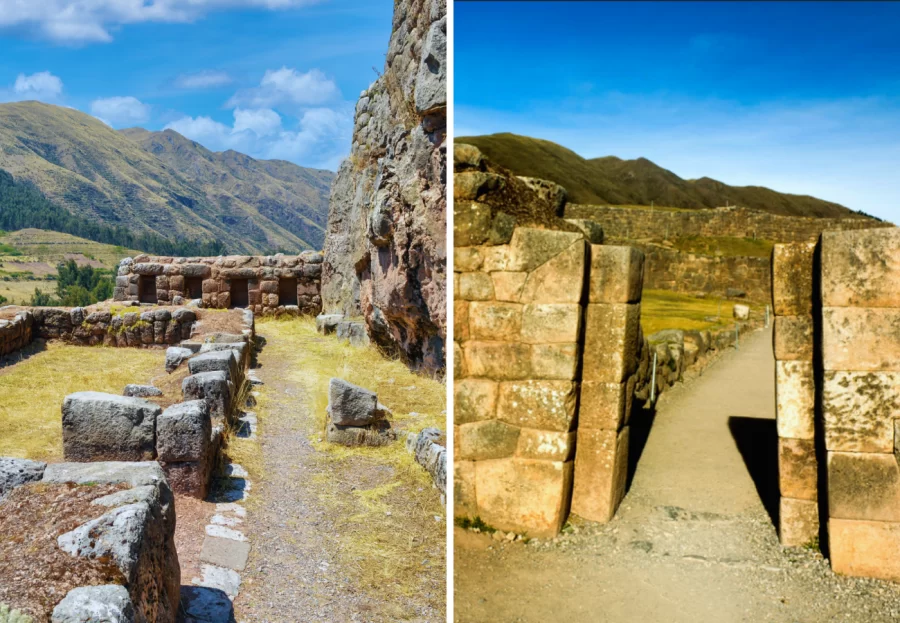
Puca Pucara, also known as the Red Fortress, is so called because its stones turn that color when the sunset comes, it is also believed that the place was built with administrative and military functions for the Incas.
The site has different constructions ranging from enclosures, squares, bathrooms, terraces and others that are made of limestone, among others.
The most outstanding site for the Incas in the city of Cusco was the Qoricancha or Inca Temple of the Sun, since this was one of the most respected and sacred constructions, it is said that to reach this place the ancient Inca settlers did it barefoot.
It was such a valuable place where people from different places came to worship and pay tribute to their gods, the interior was full of gold and each space was reserved for the most important people of that time.
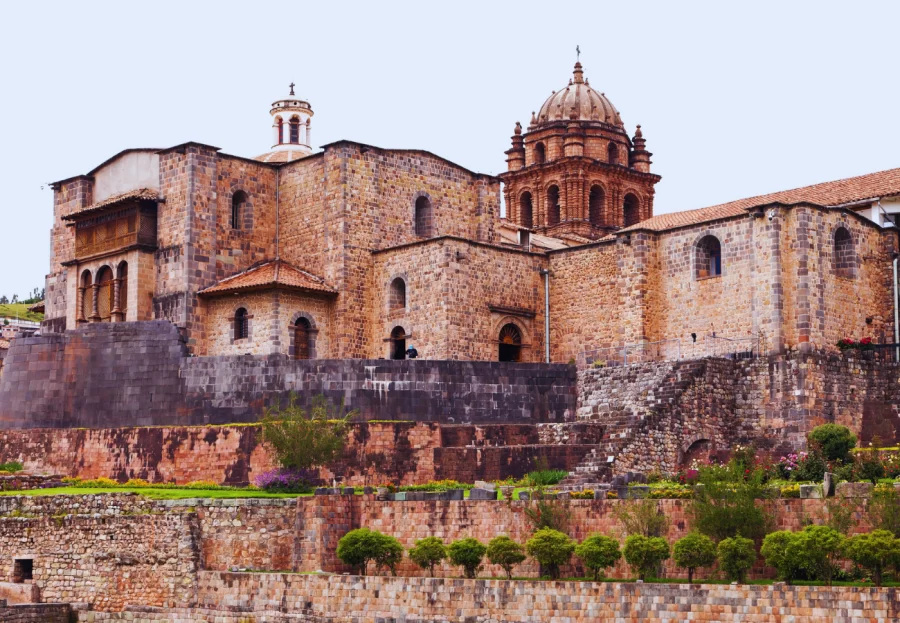
Cusco is surrounded by archaeological remains, even the inhabited houses still preserves that Inca construction among other things that we can hardly see, however, I detail the main archaeological sites that are in Cusco, although there are more sites to visit and discover:
To visit the different archaeological sites they are open from 7:00 am to 4:00 pm, since most of them have an entrance fee. In the case of the Citadel of Machu Picchu is entered by schedules, but in the other attractions you only have to buy your entrance ticket and you can enter within the margin of that time.
To visit the different archaeological sites you must take into account some things that I will point out below:
The rates will depend on whether you want to visit these archaeological sites, generally to visit these destinations you must buy the Cusco Tourist Ticket (BTC) that gives you the facilities to access these sites among them are Sacsayhuaman, Qenqo, Puca Pucara, Tambomachay, Moray, Pisac, Ollantaytambo, Chinchero, Pikillaqta, Tipon, Regional Historical Museum, Museum of Contemporary Art, Puca Pucara, Tambomachay, Moray, Pisac, Ollantaytambo, Chinchero, Pikillaqta, Tipon, Regional Historical Museum, Museum of Contemporary Art, Museum of Popular Art, Museum of Qoricancha site, Qosqo Center of Native Art and the Monument to the Inca Pachacutec.
However, you must keep in mind that the ticket has a cost depending on the type of tour you want:
Foreign Visitor:
-Integral tourist ticket, which costs 130 soles for adults, 70 soles for children (10 to 17 years old) and students from 18 to 25 years old (ISIC card).
-Partial tourist ticket, costs 70 soles for adults, this ticket does not apply discount to foreign students, children from 18 to 25 years old still pay the student rate.
-Children under 9 years old are free of charge.
National Visitor:
-Integral tourist ticket, for those national visitors the cost to pay is 70 soles for adults, and 40 soles for children (10 to 17 years old) and students from 18 to 25 years old.
-Partial tourist ticket is priced at 40 soles for all ages.
-Free ticket applies to children under 9 years old.
Please note:
This tourist ticket does not apply to these sites, since an additional cost must be paid:
-Machu Picchu, entrance fees will depend on the price agreed upon by the responsible institution.
-Montaña de 7 colores, to enter the place you must pay 10 soles whether you are a foreigner or a national.
-The salt mines of Maras, to enter the place you must pay 10 soles whether you are a foreigner or national.
-Laguna Humantay, to enter you must pay 10 soles if you are a foreigner and 5 soles national.
-Temple of Andahuaylillas, to enter you must pay 15 soles if you are a foreigner and 10 soles national.
-Cusco Cathedral, to enter religious sites you must purchase a Religious Circuit Ticket which is very different from the previous ticket I mentioned.
Generally, the archaeological sites are protected so doing any activity such as sport would be forbidden, but if you do free trekking, take pictures. But in the surroundings you can buy souvenirs, taste Peruvian cuisine, among other things.
This will depend, in some cases you will go by public transport, train, or just walk, but to a certain extent you have to go by transport.
To learn more about these archaeological sites check our Tierra de los Andes blog, but if you need advice or to hire a tour do not hesitate to ask us at our WhatsApp +51 984 550 165 or website https://terandes.com/es so we can help you organize your trip in the best way.
